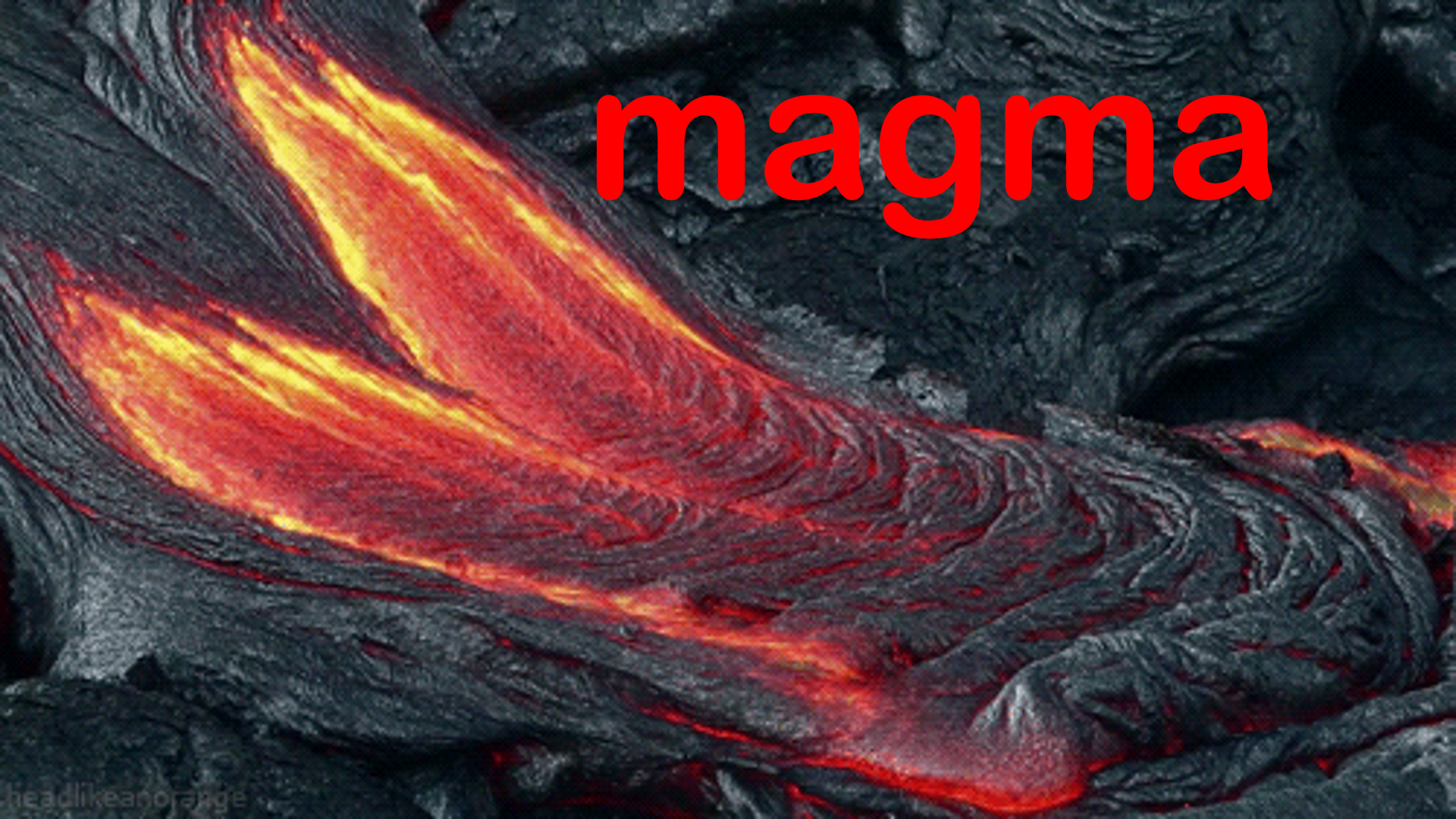
Core of Earth with focus on Magma & Volcano
IGEO Course Earth Science Prerequisite Presentation



Team Members:
Muhammad Hamza, Liaqat, ismael, Sultan, Shezi
Professor:
M Ahsan
Affiliation:
Arid University
Course:
INTRO TO EARTH SCIENCES
Team Members:
Muhammad Hamza, Liaqat, ismael, Sultan, Shezi
Professor:
M Ahsan
Affiliation:
Arid University
Course:
INTRO TO EARTH SCIENCES
Project Description:
As a part of the INTRO TO EARTH SCIENCES GIS course, I completed this presentation.Magma is molten or semi-molten rock beneath the Earth's surface, composed of various elements and compounds, including silicates, oxides, and gases. It forms from the partial melting of rocks due to high temperatures and pressures in the Earth's mantle. As magma rises towards the surface, it can accumulate in reservoirs beneath volcanoes or within the Earth's crust.
Volcanoes are geological formations or vents on the Earth's surface through which magma, gases, and ash erupt. These eruptions occur due to the build-up of pressure from molten rock within the Earth. Volcanoes can exhibit various forms, from steep stratovolcanoes to gently sloping shield volcanoes, depending on the type of magma and eruption patterns.
The composition and characteristics of magma determine a volcano's eruptive behavior. Magma's viscosity, gas content, and temperature influence the explosiveness or effusiveness of eruptions. High-viscosity magma, rich in silica, tends to trap gases, leading to explosive eruptions with ash, lava fragments, and pyroclastic flows. Low-viscosity magma, like basaltic lava, often results in effusive eruptions, where lava flows more fluidly.
The study of magma and volcanoes involves various scientific disciplines, including volcanology, petrology, and geophysics. Understanding magma properties, volcanic structures, eruption dynamics, and monitoring volcanic activity is crucial for hazard assessment, eruption prediction, and safeguarding communities living in volcanic regions. Continuous research aids in advancing our knowledge of these natural phenomena, enhancing our ability to mitigate volcanic risks and protect lives and property.
PPT and Repository
Please feel free to contact me at my email address or through my LinkedIn Account below.
mhwahla360@gmail.com